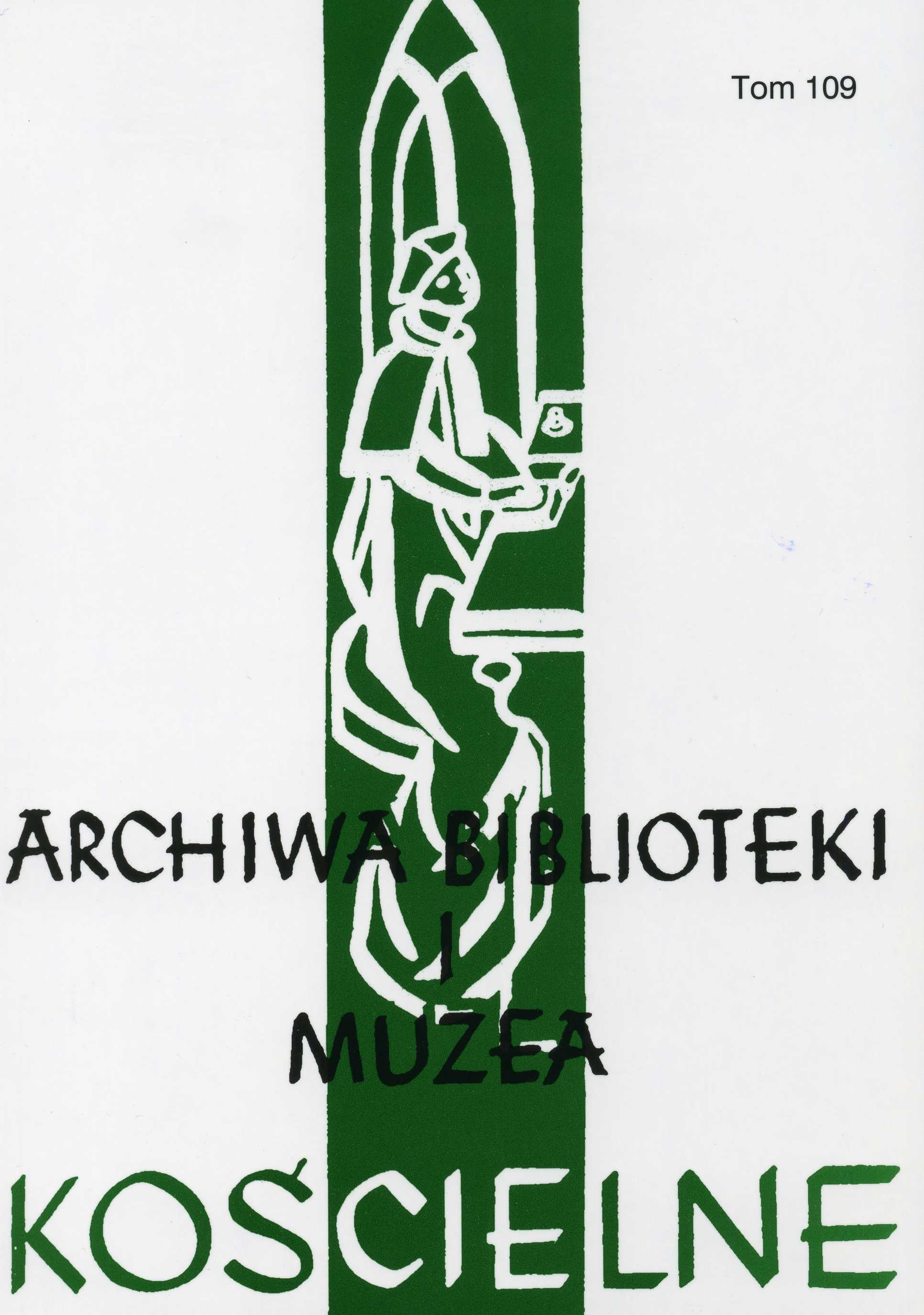Z dziejów parafii unickiej p.w. Wniebowzięcia Pańskiego w Szarowoli w świetle XVIII-wiecznych wizytacji kościelnych
The history of the Uniate parish dedicated to the Ascension of Our Lord in Szarowola in the light of the eighteenth-century church visitations.
Author(s): Janusz Adam FrykowskiSubject(s): History, Theology and Religion
Published by: Katolicki Uniwersytet Lubelski Jana Pawła II - Wydział Teologii
Keywords: Uniate parish; Uniate church; paroch; the Uniates; salary; paraphernalia; paraments
Summary/Abstract: The village of Szarowola is located in the district of Tomaszów Lubelski, in the northern part of the poviat of Tomaszów, in the province of Lublin. It was founded in 1579 in the land of the village of Rogóźno, in the place called Porebrody, by the Orthodox priest Kunat. In the Old Polish period, it was part of the district and proviat of Bełz. After the fist partition of Poland it was in the Habsburg Monarchy, in the Napoleonic period in the Duchy of Warsaw, and after the Congress of Vienna in the Polish Kingdom, which was dependant on Russia.Originally, in that village there was an orthodox parish, and after the proclamation of the Union of Brest, a Uniate one. As an independent church unit, it survived until the end of the eighteenth century, when it was relegated by the Austrian authorities to the affiliate Uniate church and included in the parish of Łosiniec, where it functioned until the liquidation of the union. During the first period of its existence the parish of Szarowola organizationally was part of the deanery of Tyszowce, and at the end of the seventeenth century part of a newly created protopope’s district of Tomaszów. Analyzing the post-visitation protocols of the Bishops of Chełm, the author presented the appearance of the parish church and its furnishings, as well as the changes taking place during the period under study. It was established that the parish priest (paroch) supported himself by cultivation of arable land and meadows, which enabled him to run a farm, and he also received money from the faithful. The clergyman had a small presbytery with outbuildings at his disposal. In addition, the article attempted to show benefices of the Orthodox Church and the changes in the period under study. Finally, the author drew attention to the number of the faithful and priests working in the parish.
Journal: Archiwa, Biblioteki i Muzea Kościelne
- Issue Year: 2018
- Issue No: 109
- Page Range: 169-189
- Page Count: 21
- Language: Polish

